
Gaining new perspective through vision-correcting surgery
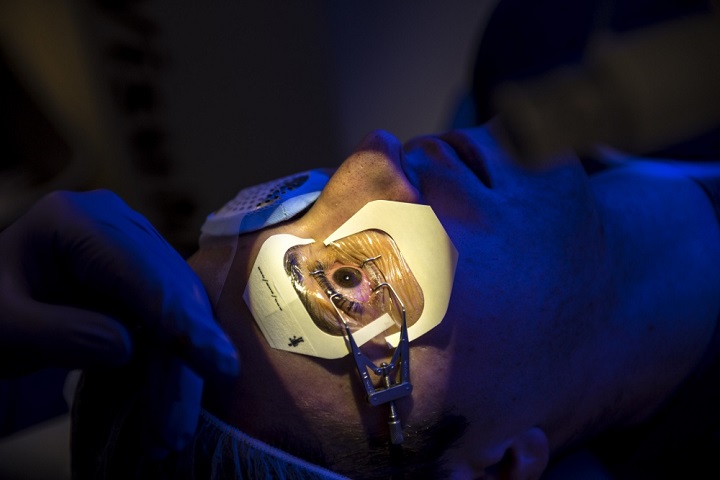
The Warfighter Refractive Eye Surgery Program, available to active duty service members, provides an opportunity to correct vision with ease thanks to advancing technology. (Department of Defense photo by Reese Brown)
Military applicants were once considered unqualified to join the military if they had a history of refractive surgery, a vision-correcting procedure that usually involves the use of lasers to reshape the cornea. But under the Warfighter Refractive Eye Surgery Program, active duty service members now have this option available to correct their vision. Thanks to advancing technology, refractive surgery is performed to enhance the capabilities of warfighters.
“Vision impacts so much of what we do in the military, and having problems with glasses or contact lenses, especially in a deployed environment, can cause a host of problems,” said Air Force Lt. Col. James Townley, chief of external disease and refractive surgery and refractive surgery consultant to the surgeon general at Joint Base Elmendorf-Richardson in Alaska.
According to the National Institutes of Health, refractive surgery helps improve common vision problems, including nearsightedness, farsightedness, and astigmatism. Townley said the surgery, which typically take as little as 10-20 minutes, changes the focusing power of the eye by making changes to the cornea. When the procedure was first introduced, corneal incisions were made by hand. Now, more precise methods of refractive surgery include tissue removal with laser technology or use of implantable lenses, Townley said.
“Gaining 20/20 vision used to be the goal, but now we have moved on to pursuing much better ‘high definition’ vision where we take image quality and contrast sensitivity, as well as speed of recovery, into consideration,” Townley said.
The Warfighter Refractive Eye Surgery Program was initiated in 2001 as a way to improve vision on the battlefield, where headgear and goggles make use of eyeglasses and contact lenses less than optimal. In order to be eligible for refractive surgery, service members must be at least 21 years old, on active duty status with a minimum of six months left, obtain approval from their commanding officer, and undergo a pre-operative examination. As long as those requirements are met, service members in reserve components are also eligible.
Three refractive procedures are currently available: photorefractive keratectomy or PRK, LASIK, and a small incision lenticule extraction, known as SMILE.
PRK is a surgical procedure that changes the surface curvature of the cornea by shaping it with an ultraviolet laser. Townley said that while this procedure is low risk, vision can take up to six months to achieve its best definition.
LASIK involves creating a surgical flap on the front of the cornea with a laser and sculpting the underlying surface of the cornea with an ultraviolet laser. Recovery time for LASIK is typically a few days to a few weeks, he said.
SMILE, the newest of the procedures, was performed in the Department of Defense for the first time last year at Fort Belvoir Community Hospital. Army Col. Bruce Rivers, director of the Warfighter Refractive Eye Surgery Program and Research Center at FBCH, said a laser creates a thin disc within the cornea, which is removed by the surgeon through a cut created on the corneal surface. Once the tissue is removed, the cornea reshapes to correct nearsightedness.
“SMILE, in a way, combines the faster healing time of LASIK with the stability of PRK because there’s no flap to worry about,” said Rivers. “People may be concerned with LASIK because they’re worried about the flap getting dislodged if they get injured, or maybe they’re worried about dry eyes, but there’s potential for SMILE to not have these issues because there’s no flap.”
Rivers warned that eye-specific issues, such as dryness or having a thin cornea, can prevent patients from being eligible for all three surgeries, but providers will advise them on the surgery that’s best for their needs. For example, PRK preserves the structural integrity of the cornea the most, which is best for patients who have a thin cornea, he explained.
“A common misconception about refractive surgery is that your vision can deteriorate as you age, but only about 3 percent of people regress,” said Rivers, stressing that everyone, even those who had refractive surgery, will need reading glasses eventually. The idea that people with astigmatism can’t get the surgery is another misconception; it’s often correctable with refractive surgery, he said.
“Overall we’re trying to look at what’s the safest for the patient that’s going to give them the best vision we can give them,” said Rivers. “As long as patients qualify for all three surgeries, we allow them to make the decision on their own based on their lifestyles and preferences.”
Priority for the surgery is given to service members who will be deploying, but patients are encouraged to receive the surgery at least three months beforehand, said Townley. Although refractive surgery centers aren’t available in all military treatment facilities, service members who have received approval from their command can travel to one of the military sites where the surgery is available, including those in Hawaii, Germany, and Alaska, to receive the necessary consultation and surgery.
“All service members who are still wearing glasses or contact lenses should be evaluated for refractive surgery,” said Townley. “The longer they go without it, the less time they have to enjoy life without glasses.”
Military Health System, industry allies work together to improve health care technology
Article
1/29/2019
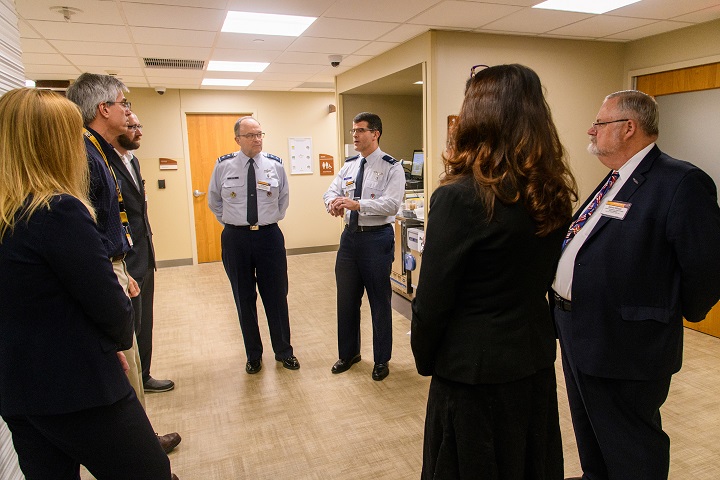
Air Force Maj. Gen. Lee Payne visits University of Missouri’s Tiger Institute for Health Innovation
Wrap your mind around this
Article
1/16/2019
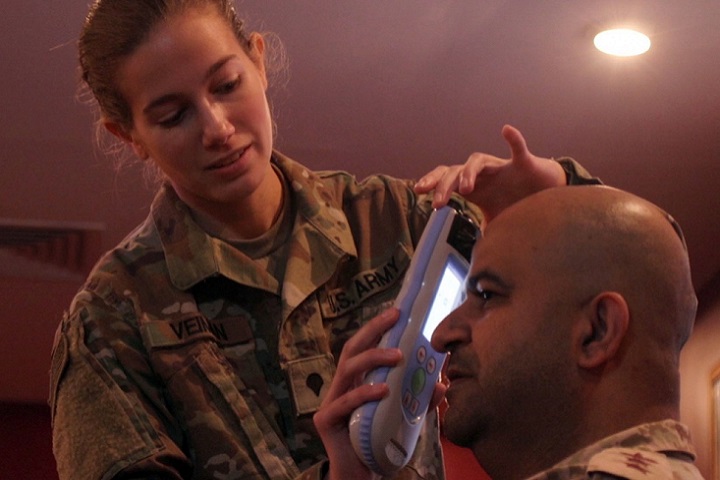
This tool would be particularly helpful in a combat environment
DHA IPM 19-001: Lifecycle Management Services (LCMS) Information Technology (IT) Asset Management (AM)
Policy
This Defense Health Agency-Interim Procedures Memorandum (DHA-IPM), based on the authority of References (a) and (b), and in accordance with the guidance of References (c) through (p), establishes the Defense Health Agency’s (DHA) procedures for implementing and managing IT assets and LCMS/Enterprise Activity functions by the Chief Information Officer (CIO), Deputy Assistant Director, Information Operations (DAD IO)/J-6 for the Military Health System (MHS). This DHA-IPM: • Is binding on DoD Components and supports the Director, DHA, responsibility to develop appropriate management models to maximize efficiencies in the activities carried out by the DHA. • Is effective immediately and will expire 12 months from date of signature. It must be incorporated into a DHA-Procedural Instruction; reviewed annually and updated as determined by the CIO.
- Identification #: 19-001
- Date: 1/15/2019
- Type: DHA Interim Procedures Memorandum
- Topics: Technology
Solution Delivery Division
Fact Sheet
12/11/2018
To deliver information technology solutions to the Military Health System through expert acquisition program management, process reengineering, information translation and sharing, training, and integration activities in order to support and advance the delivery of health care to our patients.
Cyber fitness, awareness key during ‘season of shopping’
Article
11/22/2018

During a popular time of year for shopping, consumers should be aware of scams or fraudulent activity targeting shoppers and email users, experts say. Taking small steps every day to protect information online can make a big difference in the long-term future.
Army medical device cyber team balances benefits and risks of technology
Article
11/8/2018
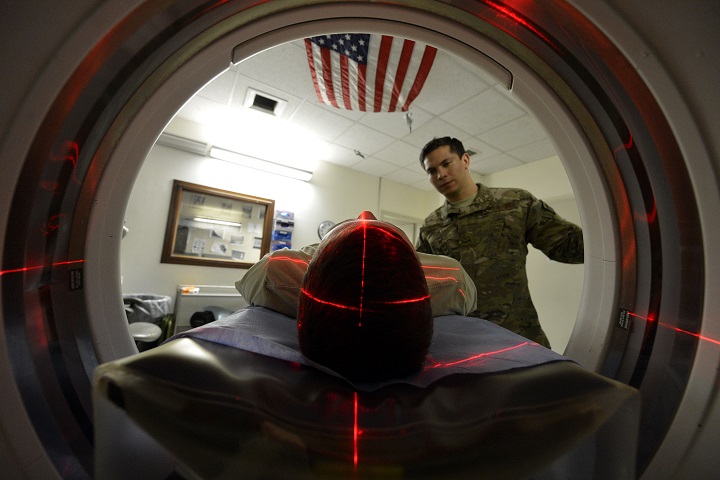
The frequency and severity of cybersecurity attacks against the medical community will continue to rise
DHA IPM 18-018: Physical Custody and Control of the DoD Health Record
Policy
This Defense Health Agency-Interim Procedures Memorandum (DHA-IPM), based on the authority of References (a) and (b), and in accordance with the guidance of References (c) through (p): • Establishes the Defense Health Agency’s (DHA) procedures for the physical custody and control of DoD Health Records at all DoD Military Treatment Facilities (MTFs) and the management, monitoring, review, and evaluation of DoD Health Record availability at MTFs. • This DHA-IPM is effective immediately and will expire effective 12 months from the date of issue. It must be incorporated into the forthcoming DHA-Procedural Instruction, “Health Records Management”.
- Identification #: 18-018
- Date: 11/8/2018
- Type: DHA Interim Procedures Memorandum
- Topics: Technology | Military Health System Electronic Health Record
Cyberfit Family Crossword Puzzle 2018
Publication
11/7/2018
This crossword puzzle provides tips to keep everyone in your family safe online in cyberspace
DHA IPM 18-017: Military Health System (MHS) Information Technology (IT) Investment Management Framework
Policy
This Defense Health Agency-Interim Procedures Memorandum (DHA-IPM), based on the authority of References (a) through (c), and in accordance with the guidance of References (d) through (v), establishes Defense Health Agency’s (DHA) procedures to: • Establish the overarching guidance to implement policies and procedures for managing DHA Deputy Assistant Director, Information Operations (DAD IO)/J-6 Defense Health Program (DHP) IT resources. The DHA Investment Management Framework is used as an enabler for MHS leadership to make informed transparent financial decisions associated with the DHA DAD IO/J-6 systems, services, and capabilities and will continue to be used in the foreseeable future. • Provide full and total awareness of all IT across the enterprise ensuring all MHS healthcare-related IT investments are accounted for and integrated both operationally and financially. This includes all IT systems, applications, and devices and all their funding identified to manage a coherent and integrated healthcare capability across the enterprise. • Provide and supersede guidance and instructions previously provided through the Services. As Military Medical Treatment Facilities (MTFs) transition to DHA management and responsibility, procedures in this DHA-IPM will supersede IT systems guidance and instructions previously provided through the Services; including IT systems in all MTFs, clinics, and enterprise services provided to Other Lines-of-Business (OLB), such as training and research, etc. In addition, it supports a coherent and comprehensive catalog of IT capability investments encompassing all IT used to support the MHS mission. • Require that all funding sources, type and Budget Activity Group (BAG), purchasing or supporting any IT must be identified for inclusion in the DHA portfolio of IT capability investments. • Provide superseding guidance and instruction, through this DHA-IPM until a DHA-Procedural Instruction is issued previously provided by the Services in References (w) through (ad), for the MTFs as they are transitioned to DHA management and responsibility. • This DHA-IPM is effective immediately and it will be converted into a DHA-Procedural Instruction. This DHA-IPM will expire effective 12 months from the date of issue.
- Identification #: 18-017
- Date: 11/6/2018
- Type: DHA Interim Procedures Memorandum
- Topics: Technology
Cyberfit family: Making cybersecurity understandable for all ages
Article
10/30/2018
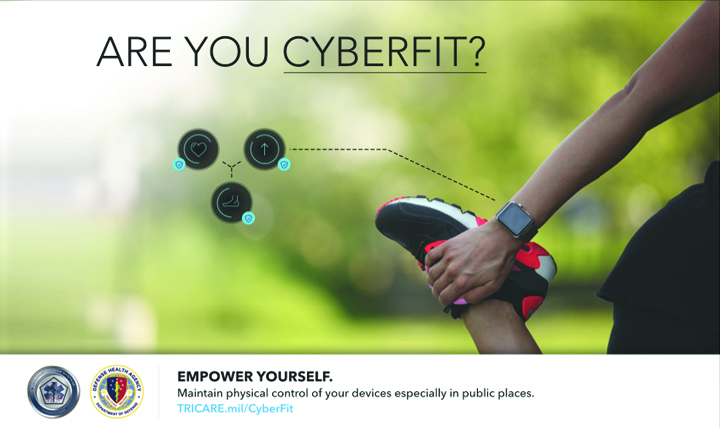
Protecting the homefront against cybersecurity issues
PEO DHMS celebrates National Health IT Week
Article
10/19/2018
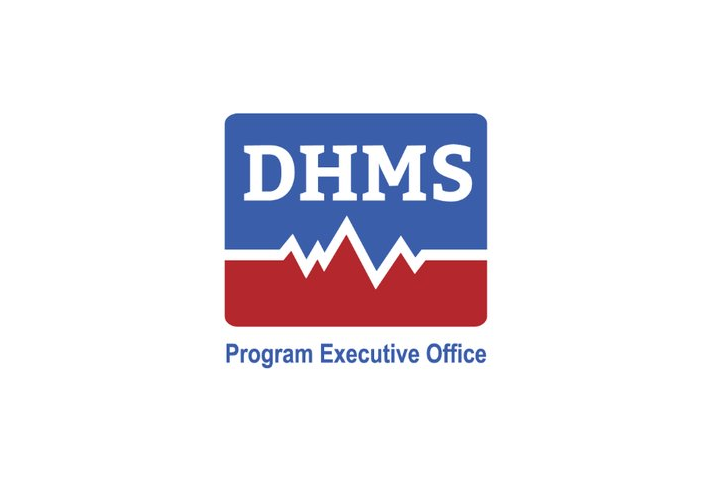
Leaders and staff from the PEO DHMS shared their stories about why health IT is important
DHA IPM 18-016: DHA IPM 18 016 Medical Coding of the DoD Health Records
Policy
This Defense Health Agency-Interim Procedures Memorandum (DHA-IPM), based on the authority of References (a) and (b), and in accordance with the guidance of References (c) through (s): • Establishes the Defense Health Agency’s (DHA) procedures for centralized oversight, standardized operations, and ensured quality and performance for the coding of DoD Health Records. • This DHA-IPM is effective immediately; it will be converted into a DHA-Procedural Instruction. This DHA-IPM will expire 12 months from the date of issue.
- Identification #: 18-016
- Date: 10/19/2018
- Type: DHA Interim Procedures Memorandum
- Topics: Technology | Military Health System Electronic Health Record
DHA IPM 18-015: Cybersecurity Program Management
Policy
This Defense Health Agency-Interim Procedures Memorandum (DHA-IPM), based on the authority of References (a) through (c), and in accordance with the requirements of References (d) through (y): • Establishes the Defense Health Agency’s (DHA) procedures to implement and maintain a DHA Cybersecurity Program for the Military Health System (MHS) to protect and defend DHA information and Information Technology (IT). • Is effective immediately; it will be converted into DHA-Procedural Instruction (DHA-PI), “Cybersecurity Program Management.” This DHA-IPM will expire effective 12 months from the date of issue.
- Identification #: 18-015
- Date: 10/17/2018
- Type: DHA Interim Procedures Memorandum
- Topics: Technology
October 2018 CVS Caremark Electronic Billing Process
Presentation
10/15/2018
October 2018 Post Test
Presentation
10/15/2018





















.png)












No hay comentarios:
Publicar un comentario